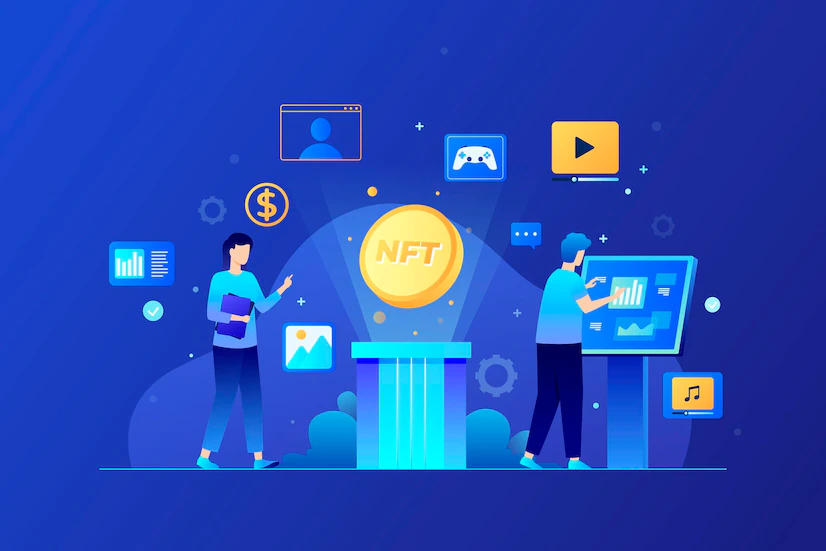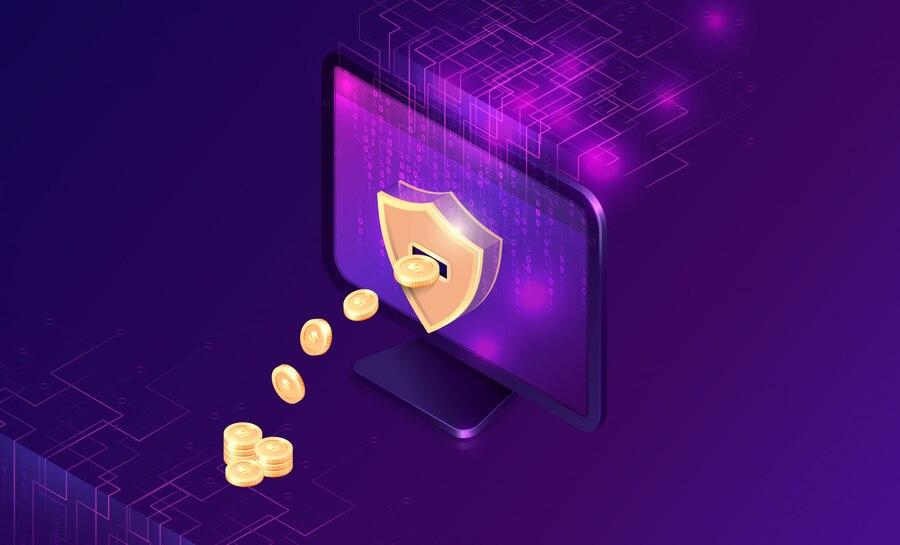Complete Guide on Security Tokens
5 Mins Read
Published on: 19 March 2022
Last Updated on: 01 January 2023

toc impalement
Everyone is now talking about security tokens and crypto assets in general. According to Google Trends, people around the world have been consistently interested in security tokens over the past year, and interest has never dropped below 50 points, even during the New Year holidays.
Regulators also continue to pass new laws focused on cryptocurrencies. More and more companies, including really big players, are starting to use blockchain and security tokens.
However, many still do not fully understand what security tokens are and their benefits to a business. The Stobox company, which is engaged in the tokenization of assets for its clients, explains everything that a business needs to know about security tokens in this piece.
Security tokens explained
Security tokens are traditional securities (including derivatives, stocks, bonds, and all other existing types of securities) transferred to the blockchain and offered in the form of tokens. Securities tokenization speeds up and simplifies transactions with them, such as buying and selling.
First of all, security tokens can be bought during the STO. It is a crypto analog of an IPO held on the blockchain. STO allows many companies that do not have access to major exchanges to quickly obtain the necessary funding from investors by issuing regulated securities on the blockchain.
Why are tokenized shares so important today?

Security tokens have many benefits that have made them so popular in recent years.
First, they allow private companies to enter the investment market. 99.9% of all companies in the world are private and do not trade their shares on stock exchanges.
Shares in such companies can only be bought privately, and the lucky shareholders are limited in their exit options. In fact, they can only hope to receive dividends over time. They can also receive income if someone buys the company.
Unless there is one significant funding source, investing in private companies is not attractive to most investors. And this means that companies are deprived of access to financing.
The same applies to assets that can rise in value and make a profit but are difficult to sell. For example, such assets include real estate.
STO solves all these problems in one fell swoop:
- The company’s shares are now tokenized. Thanks to DeFi protocols, they can be easily traced, and it is possible to make the minimum entry threshold for investors much lower. For example, one can buy a token corresponding to part of a real estate for just $100 instead of $150,000.
- Business expands the circle of investors. By remaining a private company, you can raise funds from a large number of people and companies. Also, tokenized securities are more liquid and are of more interest to investors who do not like risky investments.
- Companies can do without intermediaries. In particular, brokers are easily replaced by automated market protocols. Depositories and custodians are no longer needed to store securities. The process of buying and selling tokenized securities becomes easier and faster for all participants in the transaction.
- All processes become more efficient. Dividends are paid in one click, and in general, all technical processes are greatly simplified. Neither issuing companies nor investors need numerous signatures. Everything happens online in seconds.
- The ability to attract investors and remain a private company while receiving investment. According to a recent report, the public market is just a tip of an iceberg: there are just 2,600 public companies with annual revenues of more than $100 million, compared with 17,000 private companies of the same size. This means that STOs can be much more attractive and profitable both to investors and issuers.
What types of assets are subject to tokenization?
You can tokenize absolutely any asset. It can be not only securities but also natural resources, various goods, real estate, land, businesses, and much more.
Tokenization works especially well for low-liquid assets such as real estate and art. You can split the value of an asset into hundreds and thousands of tokens and attract more interested investors with lower budgets.
A security token has all the same characteristics as traditional securities but also has all the advantages of blockchain technology. These are transparency and high transaction speed, security, and low cost.
What rules apply when regulating security tokens?
The general rule is that security tokens are treated like traditional securities, so the same regulations apply to them. This is an advantage for investors, as they remain fully protected, just like in the case with traditional investments.
An issuer cannot simply run an STO without going through any checks. The company must be registered and reviewed by the SEC and other authorities. The issuer of tokens is responsible to investors according to the law.
How can a company issue its own security token?

The issue of tokens is called STO – security token offering. The process takes place in five stages. Let’s look at them in detail below:
- Consultation. If you want to issue security tokens, you first need to contact a company that helps businesses conduct STOs. One such company is Stobox. At the consultation, you discuss with experts what your offering will look like, when and in what jurisdiction it will be conducted, what is the minimal goal, and so on.
- Legal nuances. First, you will need to create a corporate structure and draw up certain documents. You may need to open a new enterprise and establish a relationship with it (for example, conduct a merger), open additional bank and exchange accounts, etc. In terms of documents, you will need disclosure documents, company policy, a signed contract with investors, and some other papers.
- Technical tasks. You can now issue your own token, check whether it follows whitelisting requirements, and select the platform on which you will launch the token sale. It is also worth considering that all investors will need to pass KYC and AML checks to purchase a security token.
- Marketing campaign. According to Stobox experts, it is the promotion that is the stumbling block for many companies that want to raise funds through STO. In fact, promotion in the case of security tokens is no different from the traditional marketing mix for other products. You need to define the target audience, create an advertising campaign and promote it through the appropriate channels.
- Secondary trade. This is the last stage, the purpose of which is to provide additional income from tokens. In this way, you can guarantee investors a greater return and give them the opportunity to sell the token at will – that is, provide liquidity. To do this, companies provide P2P trading or create liquidity pools.
Summary
Security tokens are securities of companies transferred to the blockchain. You can tokenize absolutely anything, from natural resources to art. Security tokens allow you to attract more investors while remaining a private company.
One of the main features of security tokens is that they are regulated in the same way as regular securities. This means that both issuers and investors are fully protected. You can’t just create a token and start an STO – you need to pass SEC checks, prepare legal documents, and go through consultations with an asset tokenization company.
This is more of an advantage of STOs (especially when compared to ICOs, which had a lot of fraud) and creates a safe, comfortable, and profitable environment for investors and issuers.
Read Also:


















Comments Are Closed For This Article